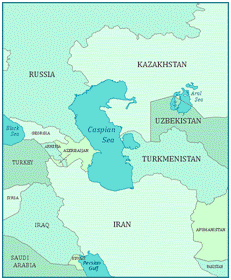Indian Navy inducts 4 types of indigenously developed sonars
The Indian Navy has formally inducted four types of indigenously developed sonars that will boost its underwater surveillance capability.
The systems have been designed and developed by NPOL Naval Physical & Oceanographic Laboratory (NPOL), a Kochi based laboratory of DRDO.
These 4 types of sonars are
- Abhay: It is an advanced hull mounted active-cum-passive integrated sonar system.
- It has been designed and developed for the smaller platforms such as shallow water crafts and coastal surveillance/patrol vessels.
- It is capable of detecting, classifying, localizing and tracking sub-surface and surface targets in both its active and passive modes of operation.
- Indian Navy has proposed to induct this SONAR on three of the Abhay class ships.
- Humsa UG: It has been designed for upgrading the existing Humsa sonar system for intensifying the command over the high seas.
- This system is proposed to be installed on seven ships of three different classes of ships.
- AIDSS: It stands for Advanced Indigenous Distress sonar system for submarines. It is distress sonar is an Emergency Sound Signaling Device.
- It is used to indicate that a submarine is in distress and enable quick rescue and salvage. It is also provided with a transponder capability.
- NACS: It stands for Near-field Acoustic Characterisation System. It determines the in-situ performance of SONAR systems used to find the frequency-dependent 3-D transmission and reception characteristics of SONAR.
- It is also used to measure magnitude and phase characteristics of SONAR transmission and reception electronics and the transducers.
- The NACS has been integrated with HUMSA-NG SONAR array and proved onboard Naval platforms. It will be fitted on all frontline ships.
Benefits of induction of these four systems
- Underwater surveillance capability of the Indian Navy will get a boost.
- Give fillip to India’s the quest for self-reliance in this critical area of technology.
Month: Current Affairs - November, 2016


